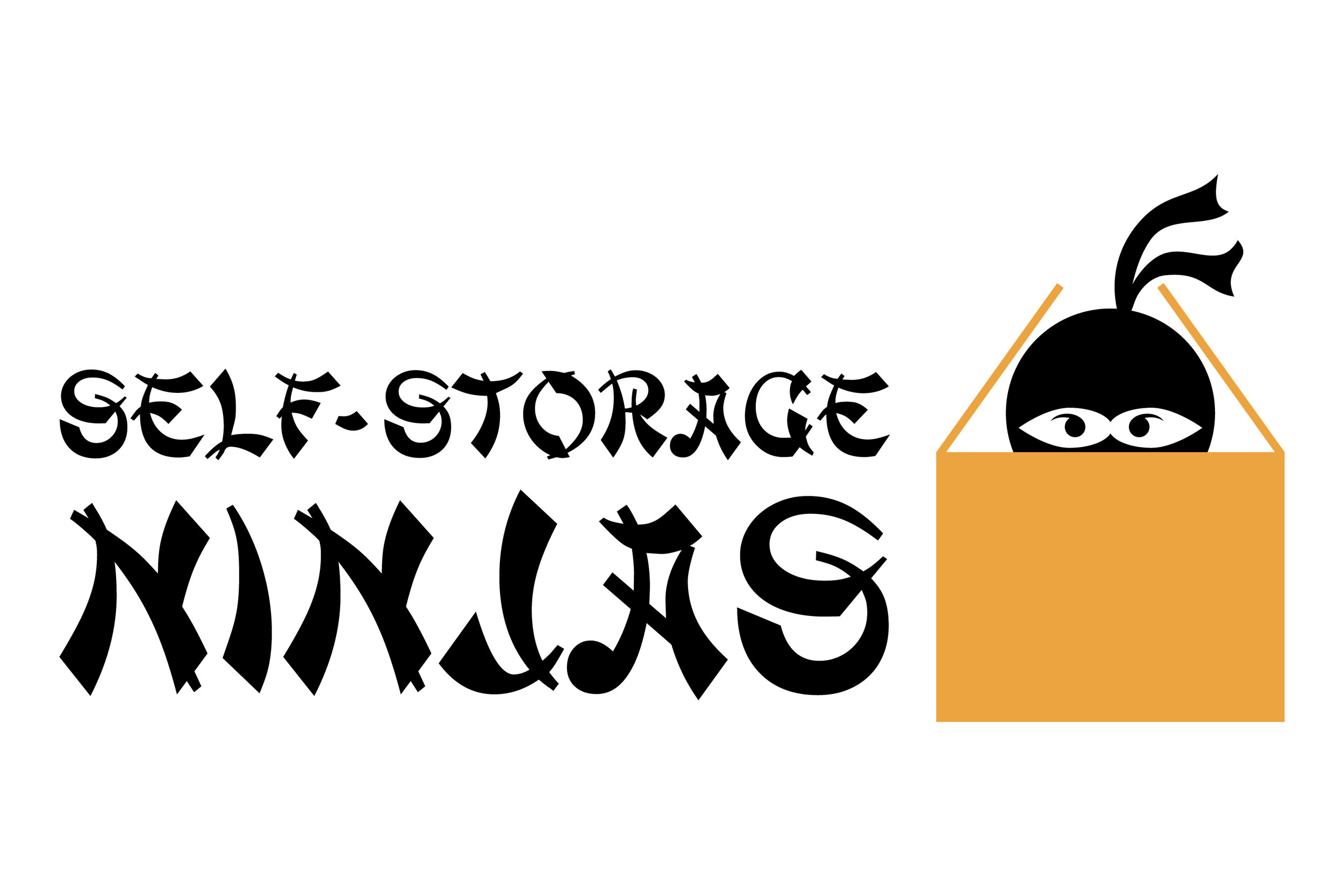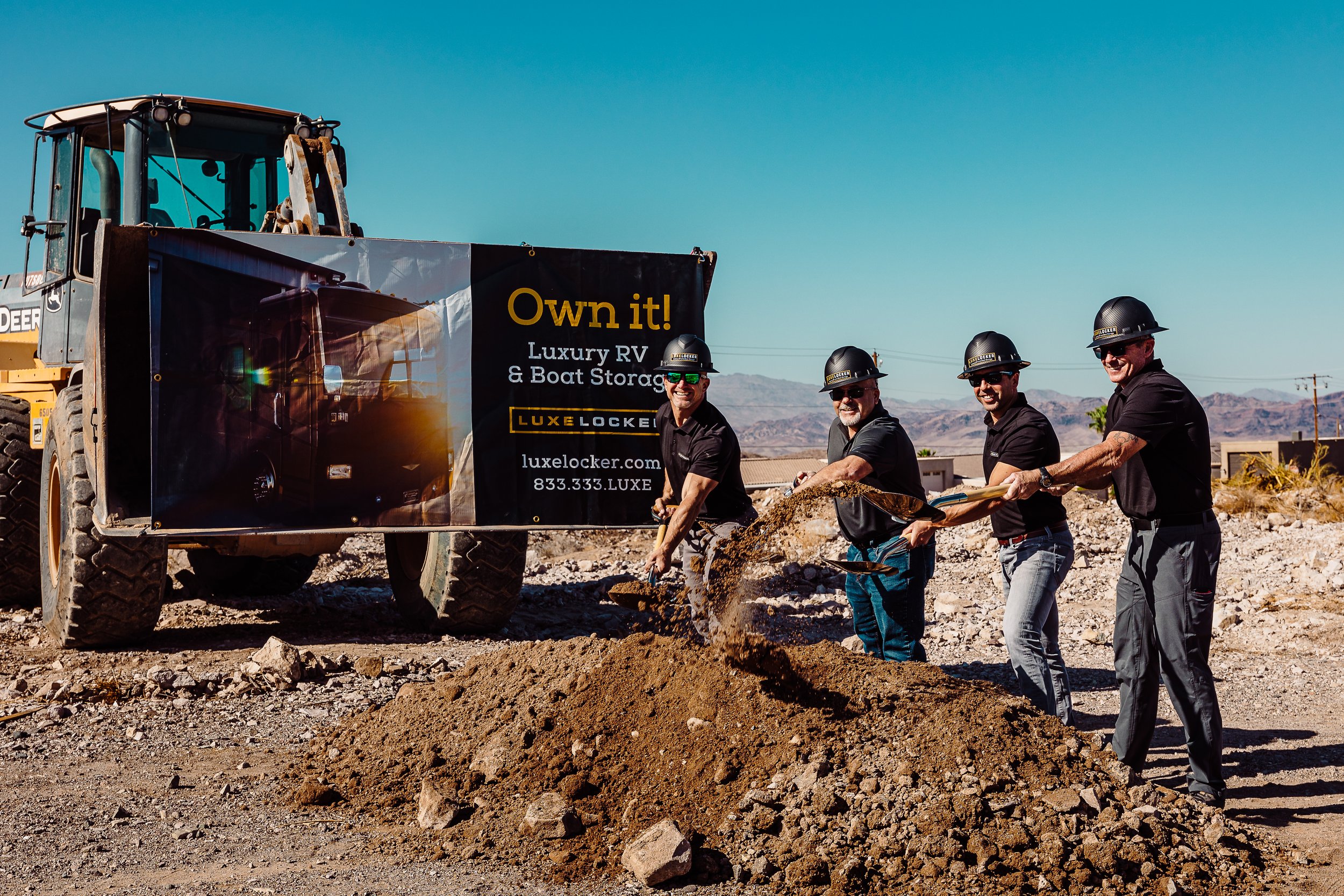Storage Condo Developers to Learn From – or Copy
Storage condos are becoming more popular across the country but still represent an almost untapped audience in our industry. These condos can offer unique storage solutions for cars, boats, and RVs and range from luxurious “man caves” furnished with wet bars, mezzanine levels and bathrooms to more utilitarian options that are just like comparable storage units.
To gain a sense of the variety of storage condos available, I spoke with two leaders who have experience building and selling them, and are taking this model to the next level.
Adam Pakes of Luxe Locker began by developing in Lake Havasu City, Arizona where the company now has three storage campuses. He and three colleagues developed the idea for storage condos in the area because they wanted to serve the recreational needs of motorists, winter visitors, and off-road enthusiasts.
Photo Credit to the Luxe Locker team
“The condo model has been around in this town for a number of years,” Pakes said. “We took our experience from here and we wanted to take it to the rest of the country where we saw a severe shortage for this type of product.” Pakes said Luxe Locker is now the largest developer of RV and boat storage in the country with seven completed projects and 15 in development. Condos range in purchase price from $X to $Y, and lease prices vary by market.
While Luxe Locker first focused on RVs, the target audience for storage condos can vary according to the location. Monte Carlo Garage Suites in Charlotte, North Carolina, was developed by investors who wanted to build a place for car collectors to store their luxury vehicles. They strive to serve people who don’t have enough land or permission from their homeowner’s association to build a separate garage. They have approximately 90,000 square feet completed and plan to finish eight more buildings within the next year.
According to John Looney, director of sales and site supervisor of construction, the city of Charlotte is very automotive focused. “It naturally leads you to a certain demographic that has disposable income,” Looney said. “The NASCAR’s headquarters are here. We have NASCAR racing, and it just bleeds over into the general car culture. We have good weather ten months, 11 months out of the year, so it’s a very, very car-centric community.”
Photo Credit to the Monte Carlo Garage Suites team
Monte Carlo Garage Suites sells its condo units that each include a loft or mezzanine and a bathroom. Looney estimates that about 90% of the units are used to store cars and motorcycles. He said they will work with both renters and buyers to meet their specific needs. “We’ll do as little or as much as they want us to,” Looney said. “Some people will have me finish it completely and then others want to do it themselves, so it’s just a mixed bag. But that’s all on top of the base purchase price which ranges from $150,000 to $575,000 per unit.”
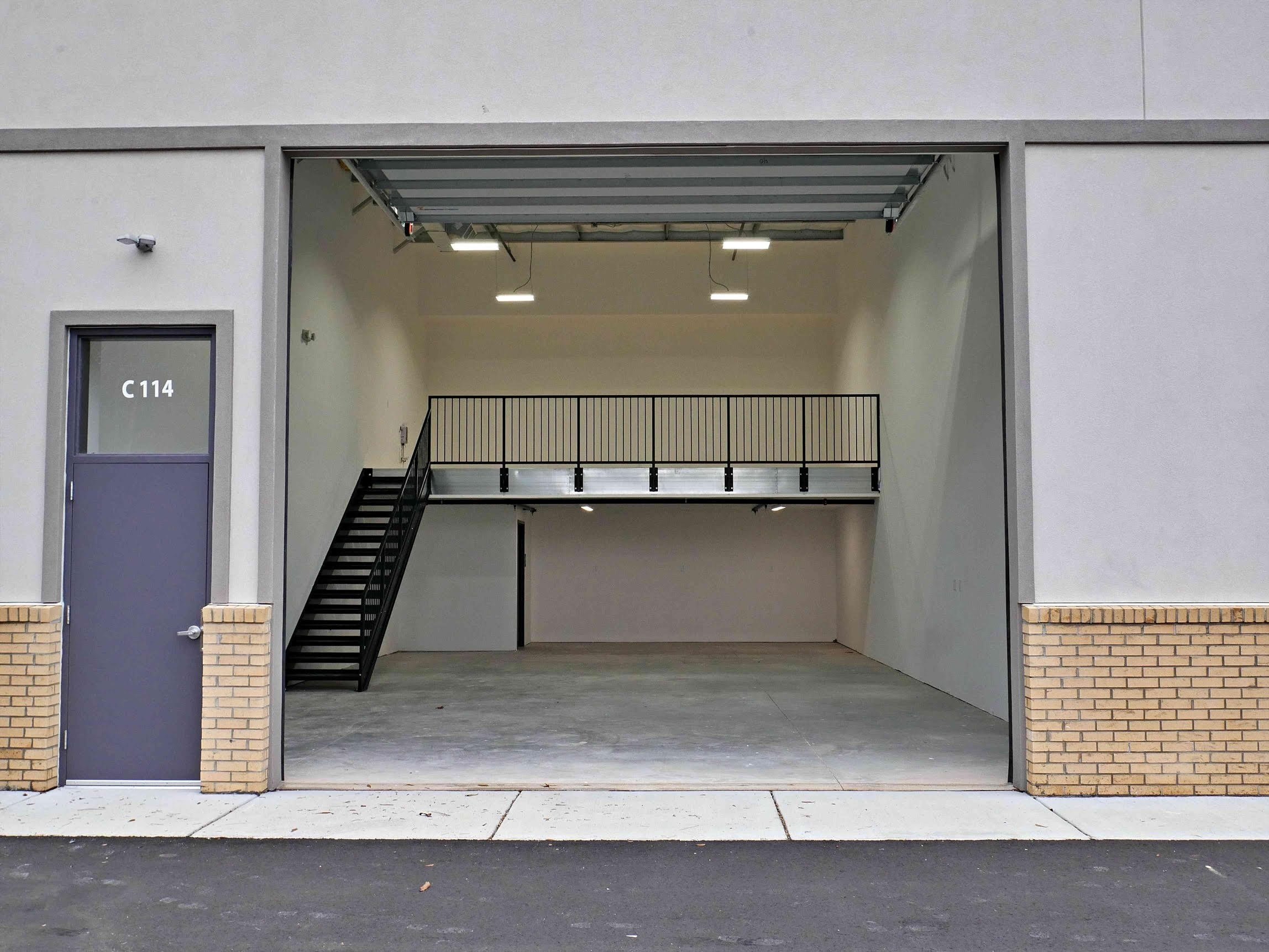

Luxe Locker offers three types of units which are available for lease or for purchase: Standard units with electricity, Luxe Light units with electricity and ambient temperature control, and Super Luxe Light units with full insulation. Pakes explained that the three unit types offer meet most of their customers’ needs. Approximately 40% of Luxe Locker units are occupied by RVs, 30% boats, 10% cars, 10% business equipment, and 10% household items.
“I think creating conversations and understanding user goals is probably the most important thing that we need to be doing and focusing on. Then everything else just falls into place after that,” Pakes said. “You’re taking three completely different users and giving them three different options on the same campus so it draws in as many sets of eyes as possible without limiting who your audience is.”
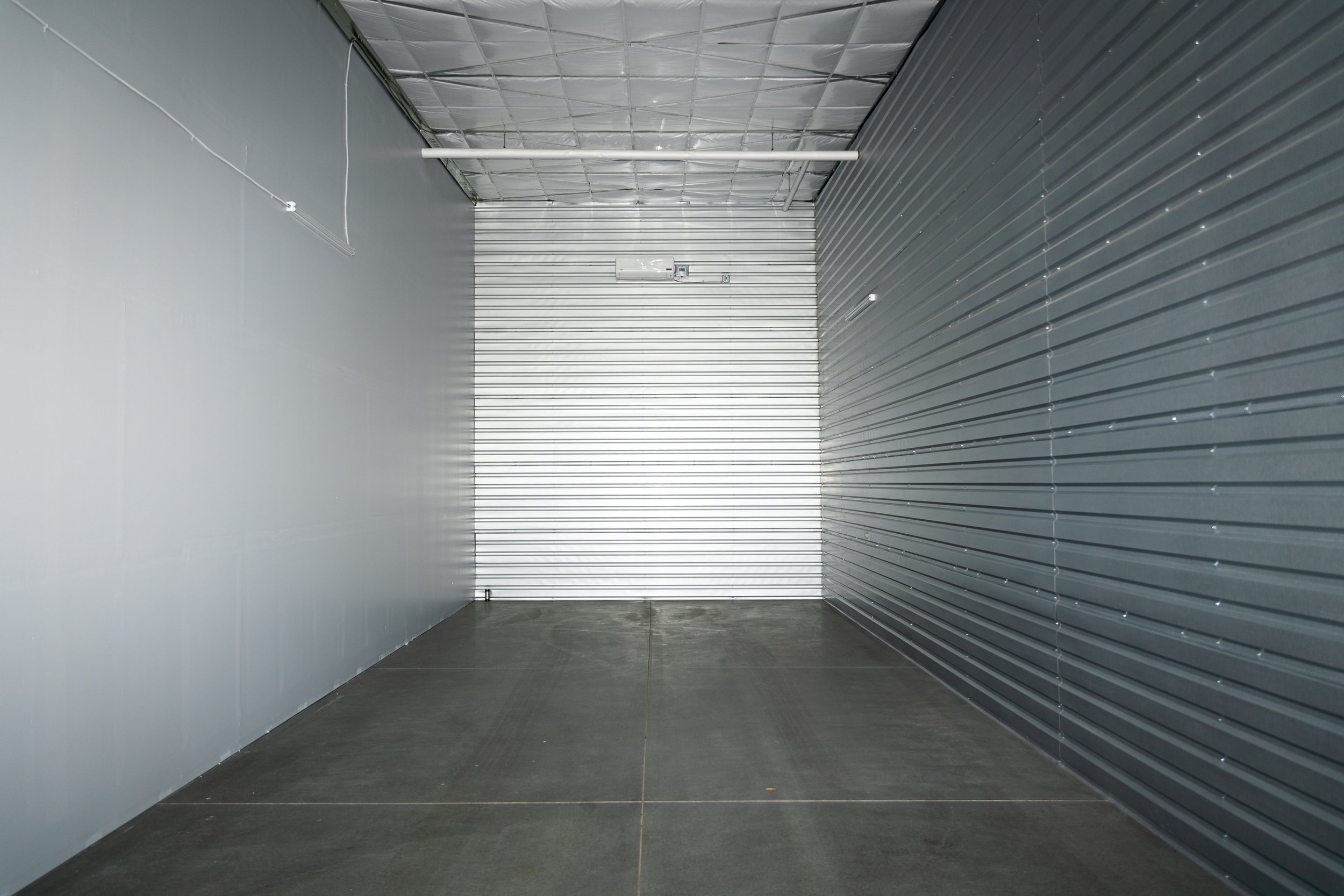
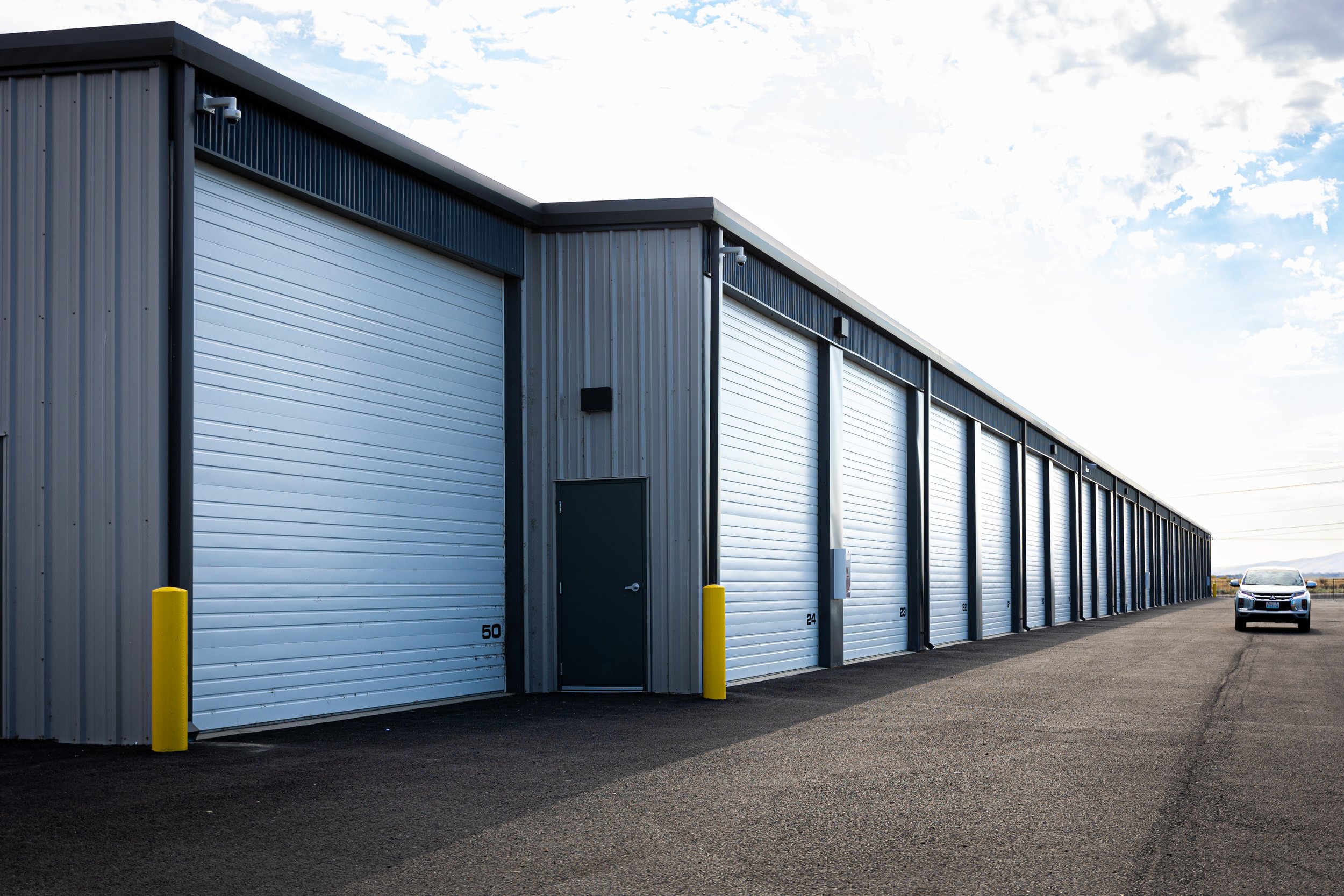
Both companies completed storage feasibility studies before building their first storage condos. Looney stressed the importance of building near a growing population. “You have to get on the outer edge and let it come to you, which is what’s happened here,” he said. “We first bought this land when Charlotte hadn’t quite gotten here yet, but it’s here now.”
Pakes said he focuses on price per square foot and types of rental options in the area. “When looking at the viability of condo sales, we look to see if any given market even has other condo sales to reference. If they don’t, we get excited about that because we know that if customers have other options, other than leasing, that we would be able to capture a portion of those renters as buyers.”
Pakes said it’s important to communicate clearly with customers, especially when bringing storage condos into an area that hasn’t had them before. “In some markets, people just don’t know what it is and what exactly they’re owning, so there’s more of an education process. The beauty of storage is that I haven’t found the technology that’s going to displace the need to store your belongings. So it’s just a matter of how well we educate our customer of what product we are building and how it would benefit them. Really, our mission is to provide a low cost of entry into owning commercial real estate to help somebody protect their valued asset.”
Looney recommends targeting RV and boat owners separately than car collectors because he has found that most RV owners only want to store them during the winter months. At Monte Carlo Garage Suites, they have specific units designed for RVs but they don’t get occupied as quickly as the condos designed for cars. “That leaves you with an empty building for half the year, so it’s hard to make the numbers work,” he said. “You’d have to make them rent it for a year at twice the price to have it work for us as an investment.”
Both facilities were built in phases. Looney recommends a phased approach because it gives time to make revenue that can be used to build the next phase. Pakes agrees that building in phases is helpful because it allows them to better understand the market, especially if there wasn’t much data for it before. Pakes uses the feedback he received from the first phase to better meet the clients’ needs in the second phase.
Building a profitable unit size takes some “strategic guessing,” Pakes said. “If you go too big on too many, people don’t want to spend that much money. I don’t know if we’ll ever be able to get it right. I know that you’re not going to be able to hit 100% of people’s goals. We take that data and all of that goes into our analytics. Again, we’ll never get it right, but we’ll get better at hitting those metrics and absorbing in those product categories faster. That’s the goal.”
For Monte Carlo Garage Suites, most units are 20 feet tall, 50 feet deep, and 25 feet wide. Looney said they planned to build only this size, but in the beginning, they didn’t sell as well as planned. “For reasons of not marketing as well as we probably should have initially, the first building didn’t go all that quickly. So we decided to take half the property and build smaller garages and so we put the infrastructure in for that. Much to our surprise, the bigger ones took off. We probably could have stayed with our original site plan. I don’t know if the larger units are better, but they’re more profitable and it would have taken us less time. They just took off slowly because we didn’t market it and we should have. We thought if we built it, they will come, and that wasn’t necessarily the case.”
On the other hand, Pakes advises against overmarketing. “We don’t want to market too quickly just because people get fatigued. We understand that in this space, especially with rentals, it’s more of an immediate need. So our marketing strategies have different trigger points from sales and leasing.” In any location, Pakes said 70% of units are owner occupied and 30% buy the units to lease out themselves.
Looney recommends that developers interested in building condo storage build multiple, smaller-sized facilities rather than one location on a large parcel. “We bought 13 acres,” he said. “What we’re finding is people don’t really want to drive much more than 20 to 30 minutes max to get to their toys.”
Pakes advises developers create a strong team to keep the campus operations running smoothly. “If you’re going to do this beyond one location, establish a team of people that you would be willing to employ,” he said. “Have them make this their full time job because when people show up every day to build what it is you set out to do and everyone’s in the same canoe, rowing in the same direction, it makes things so much easier to accomplish.”
The storage condo industry is growing, and the variety of options means more people can find the suitable storage solution for their needs. Whether it’s an extra-large storage garage or a man cave for your luxury car collection, storage condos offer an innovative approach to a virtually untapped market.
